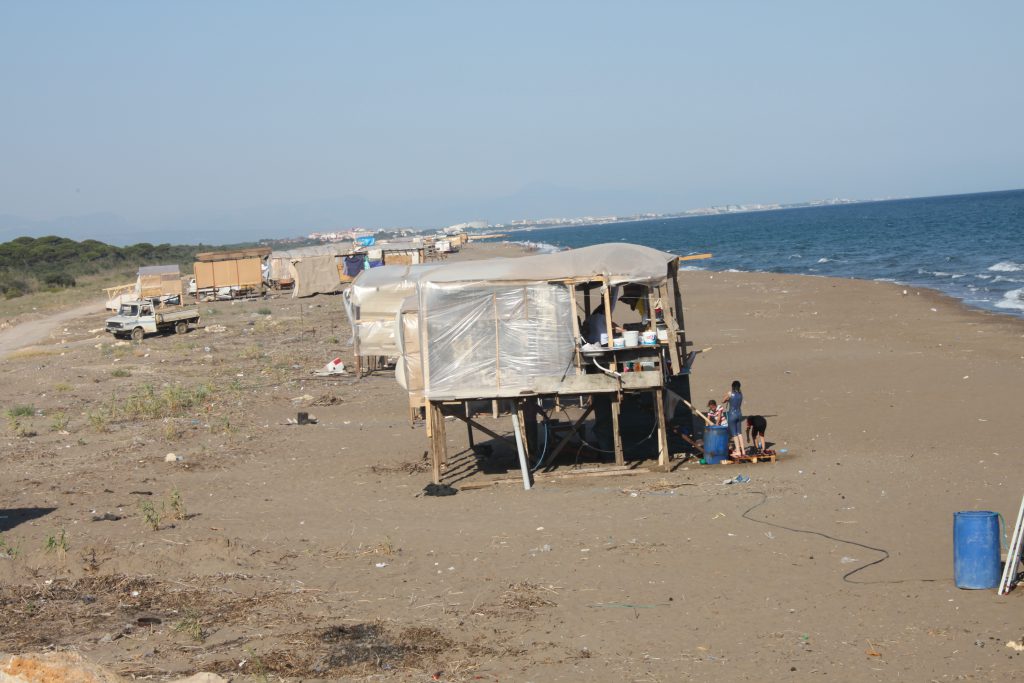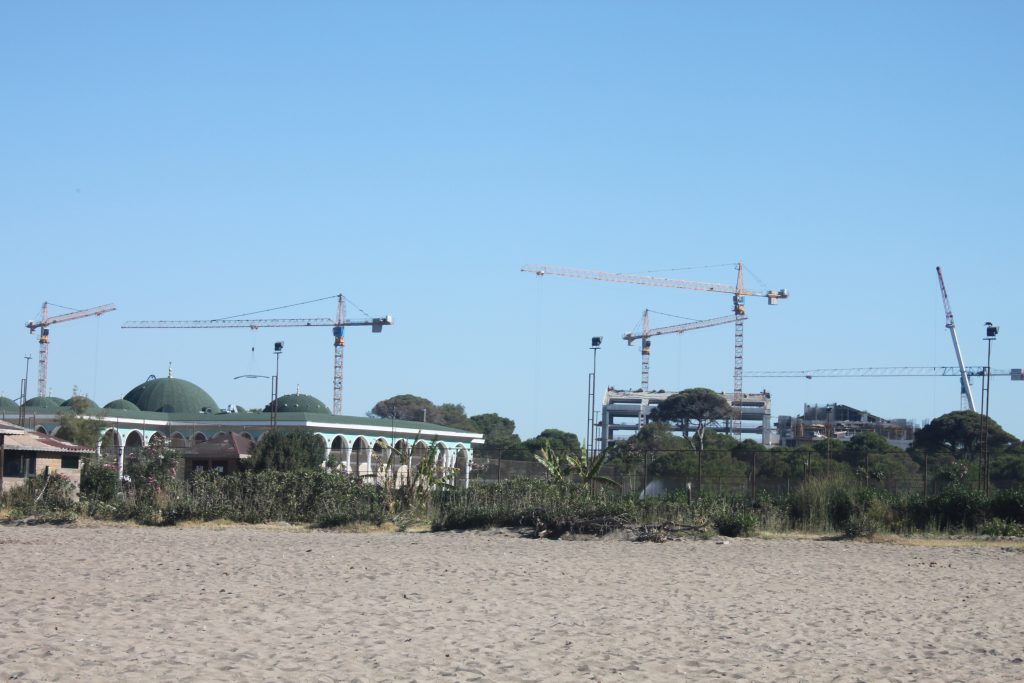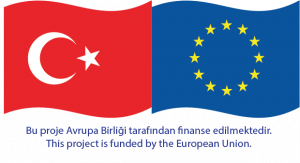




1. Belek Special Environmental Protection Area
Tag
City : Antalya
Area (ha) : 111,79
Announcement Date: 21.11.1990
General Features
Biodiversity
Flora: Agricultural areas cover a large area in the region. Greenhouse cultivation is also gaining popularity. The flora and fauna in the region are threatened by the rapidly expanding agricultural activities. Especially the red pine (Pinus buritia) forests used to occupy a large area in this region, but today they have decreased a lot. To the east of Manavgat and to the west of Acısu, stone pine pine (Pinus pinea) forests draw attention.
Habitat types and dominant species specific to them were determined in the researches. Habitat types observed in the area can be listed as follows; Forest (Pinus brutia, Laurus nobilis, Daphne sericea, Quercus cerris var. cerris, Olea europaea var. Sylvestris), stony scrub (Quercus coccifera, Styrax officinalis, Myrtus communis, Cistus creticus, Cistus salviulalanmaki stable) (Erica manipuliflora, Sacropoterium spinosum, Echium angustifolium), partially stable dunes (Echium angustifolium, Sacropoterium spinosum, Polygonum maritmum, Echinops viscosus), mobile sand dune (Thymelea hirsuta, Echium angustifolium, Panphorbia paraliasqualila cornatimum, europa, Limonium gmelinii, Juncus littoralis, Juncus rigidus, Cressa cretica), permanent wetland (Juncus acutus, Thypa latifolia, Cypeus longus), agricultural areas (Pyrus serikensis, Crataegus monogyna, Anemone indica).
Fauna: Within the boundaries of Belek Special Environmental Protection Area, an area of approximately 13.3 km extending from the mouth of Acısu Stream to Sarısu Stream is the Sea Turtles Breeding Area. Research projects on this subject are carried out by our institution every year. In this context, research, monitoring and conservation studies were carried out on the endangered turtle species, sSea tTurtles (Caretta caretta and Chelonia mydas) and Nile softshell tTurtle (Trionyx triunguis). As a result of this project, Belek Beach was classified as a “Primarily Important” nesting beach for C. caretta and a total of 888 nests were identified. The nest density was determined as 66.8 nests/km.
Within the scope of preparation of bird inventory in Boğazkent, Kocagöl and its environs in 2002, 213 bird species were observed between 2000-2002; 30 of them are summer visitors, 56 winter visitors, 60 transit migrants, 3 summer visitors and transit migrants, 2 both summer and winter visitors, 7 winter visitors and locals, 1 transit migrants and the remaining 11 species, of which 5 are transit nomads and summer visitors, 3 are transit nomads and winter visitors, 1 are transit nomads, summer visitors and natives, and their status could not be determined because they could not be observed sufficiently. In the light of this information, it is seen that the area is on the migration routes of birds and is an important wintering center.
Bird species observed in the area include little grebe (Tachbaptus ruficollis), cormorant (Phalacrocorax carbo), Little egret (Egretta garzetta), great egret (Egretta alba), gray heron (Ardea cinerea), clumsy (Anser albifrons), stag (Todarna) ferruginea), teal (Anas crecca), sedge borer (Circus aeruginosus), hawk (Accipiter nisus), hawkcommon buzzard (Buteo buteo), long- legged buzzardred hawk (Buteo rufinus), kestrel (Falco tinunculus), brown falcon (Falco columbarius), falcon ( Falco peregrinus), red leg (Tringa ochropus), little tern (Sterna albifrons), kingfisher (Alcedo atthis), robin (Erithacus rubecella), reed warbler (Cettia cetti), long-tailed tit (Aegitalos caudatus) and the like.
Link: https://webdosya.csb.gov.tr/db/tabiat/editordosya/belek.pdf
